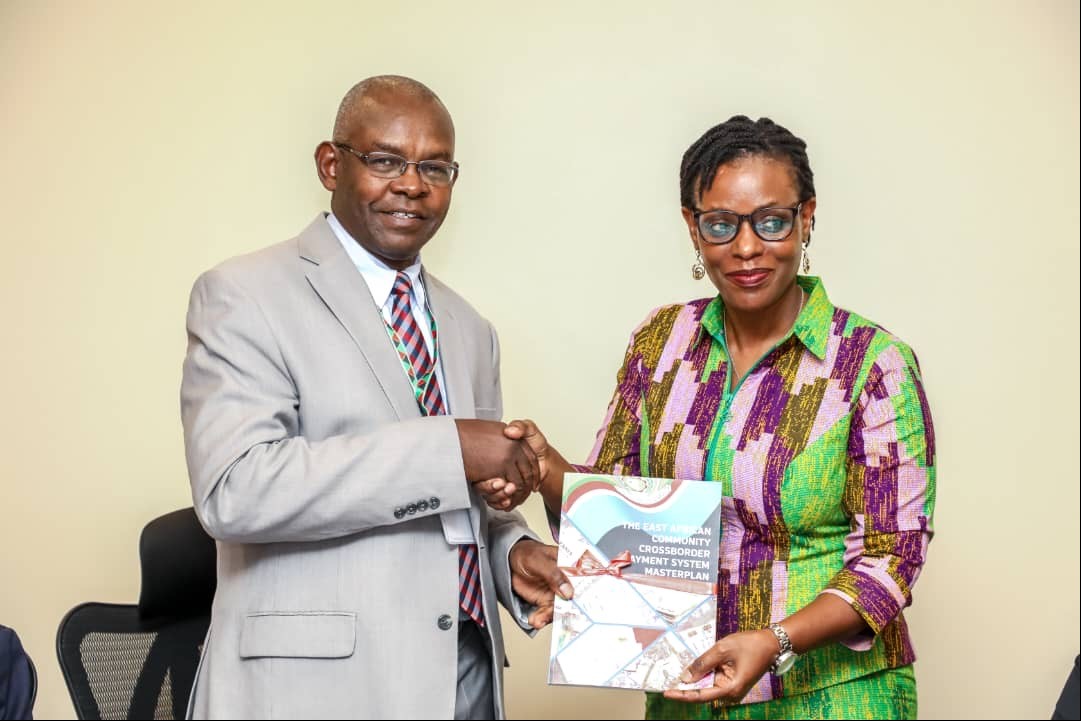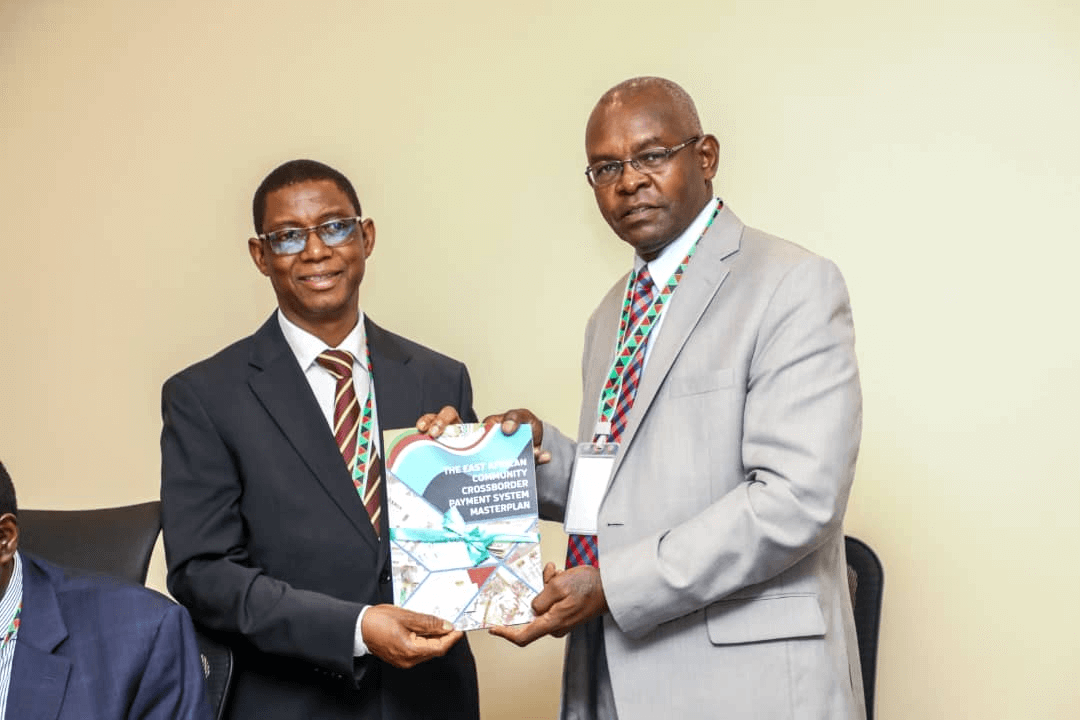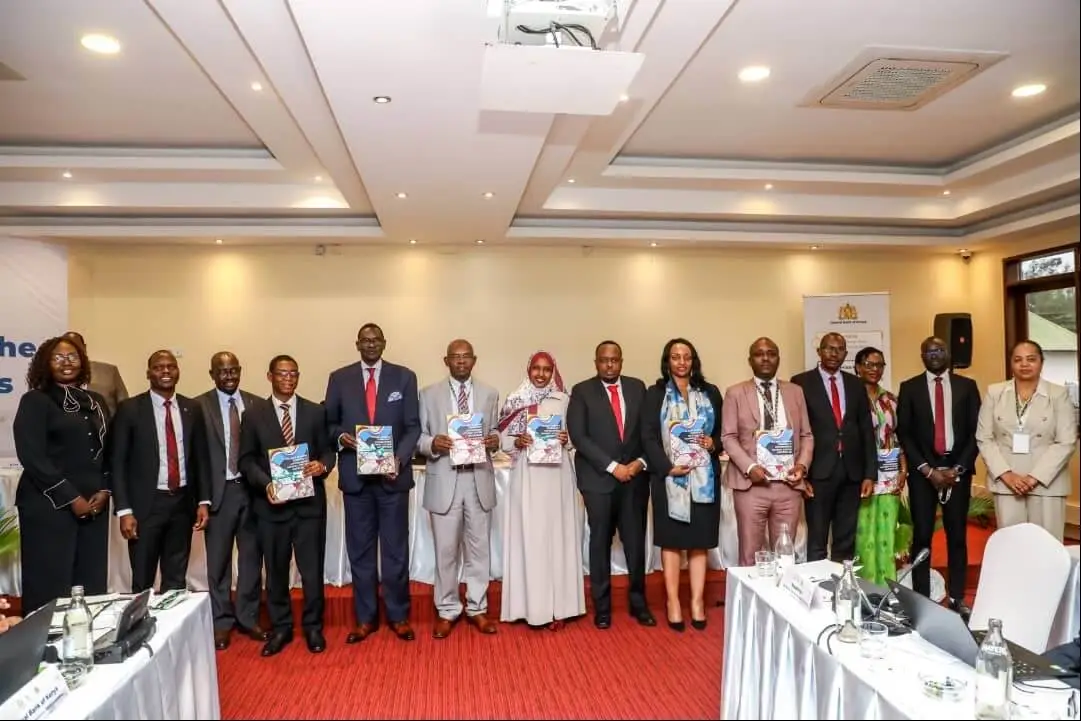The East African Community (EAC) has taken a major step towards deepening regional economic integration and enhancing digital cross-border payments following the adoption of a Cross-Border Payment System Masterplan. Endorsed on 9 May 2025 in Mombasa during the 28th Ordinary Meeting of the EAC Monetary Affairs Committee (MAC), comprising governors of EAC Partner States’ central banks, the masterplan presents pathways for modernising, harmonising, and expanding the region’s payment infrastructure. Its goal is to make cross-border transactions faster, safer, more affordable, and more accessible, particularly for micro, small, and medium enterprises (MSMEs).
The central bank governors who approved the blueprint described its adoption as a milestone in the EAC’s journey towards building a more integrated and inclusive economic bloc, in alignment with the region’s ambition to establish a single currency by 2031.
Noting this milestone as “a critical step towards a reliable cross-border payments ecosystem”, Bank of Tanzania Governor, Hon. Emmanuel Tutuba, acknowledged the increasing role of innovations such as fintech and cryptocurrencies in enhancing financial inclusion and operational efficiency. He also noted the associated regulatory and cybersecurity challenges that are emerging as a result of these innovations, while reaffirming the Bank of Tanzania’s continued commitment to supporting the EAC integration agenda.

Dr. Kamau Thugge, Governor of the Central Bank of Kenya, recognised the valuable role played by the Monetary Affairs Committee (MAC) in advancing regional integration and stability, particularly through the development of modern payment systems.
Ms. Annette Mutaawe Ssemuwemba, EAC Deputy Secretary General for Customs, Trade and Monetary Affairs, commended the central bank governors for their leadership in driving the integration of payment and settlement systems across the region. She noted that sustained efforts have significantly improved the efficiency, inclusivity, and integration of these systems. “The EAC Cross-Border Payment System Masterplan is a landmark achievement for the region—promising faster, lower-cost, and wider access to electronic payments across EAC borders. This is a crucial step towards modernising retail and wholesale payments and driving inclusive economic growth.,” she said.
This is built on four pillars, namely, policy and regulatory harmonisation, infrastructure development and modernisation, inclusivity, and capacity building, that are poised to dismantle persistent barriers to cross-border financial flows, such as the lack of interoperability, high transaction costs, and limited access to secure digital payment services. It places strong emphasis on the inclusion of retail cross-border traders, who account for an estimated 70% of intra-regional trade, much of it conducted informally. With most small traders still relying on cash or costly bank intermediaries, the absence of a regional retail switch has kept the cost of financial transactions high, discouraging the uptake of formal systems such as the East African Payment System (EAPS), launched in 2014.

“Despite the East African Payment System’s considerable potential to significantly boost regional trade through cost-effective and secure payments, its utilisation remains suboptimal,” noted Erick Sirali, TMA Director Digital Trade at TradeMark Africa. “By connecting MSMEs to efficient payment channels, this masterplan is designed to create valuable opportunities for these businesses to deepen their participation in cross-border trade more effectively and expand their reach.”
The masterplan drives East Africa’s payment transformation through four strategic pillars. It establishes harmonized governance and regulatory frameworks with international standards, building trust in cross-border transactions. Advanced infrastructure will deliver efficient, interoperable payment systems, including a pivotal regional instant retail switch. The plan champions inclusivity with robust consumer protection and technology-driven oversight. Finally, it builds regional capacity, spearheading innovations like CBDCs and cultivating expertise for sustainable digital trade transformation.
Various development partners, including TradeMark Africa, have already demonstrated their commitment to advancing key aspects of this roadmap, signaling a move beyond initial planning. This widespread support indicates that the blueprint is poised to progress to the critical next stages necessary for realizing the envisioned transformation in regional trade.


